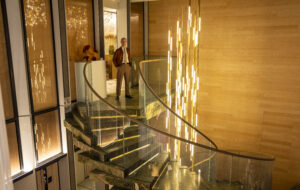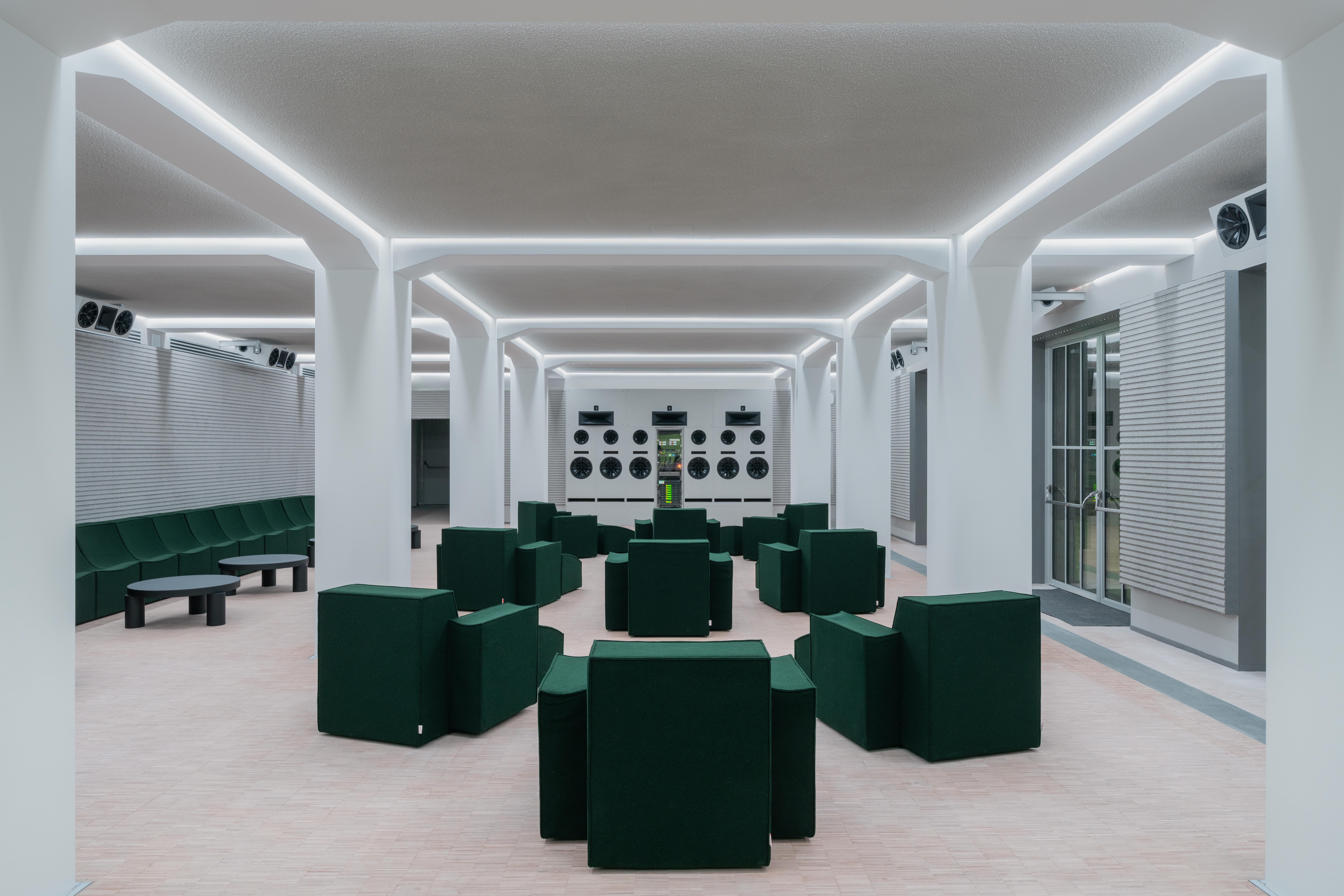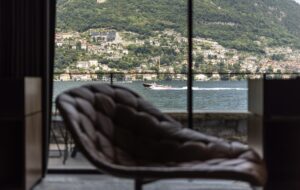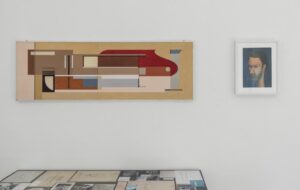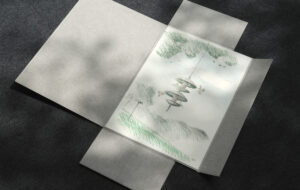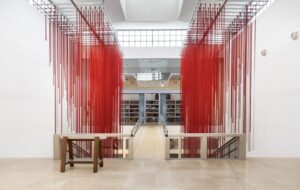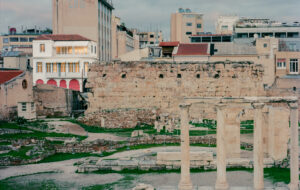|
|
||
|
Nikolaus Pevsner’s “lost” study of townscape finally makes it into print – how do the RIBA’s latest odes to urban renewal measure up against its principles? Owen Hatherley finds out Urban regeneration always claims to, as Alexander Pope put it, “consult the genius of the place in all”. Pink anodised aluminium references redbrick terraces, lace patterns on concrete reference factories that closed half-a-century ago – yet all the individual little “places” eventually look strangely similar. So it’s especially refreshing to read Visual Planning and the Picturesque, an unfinished work by Nikolaus Pevsner, edited into coherent form by Mathew Aitchison. Pevsner intended this work, begun in the 1940s, to be an intervention into the debate over “Townscape”, the semi-accidental loose planning for visual effect indulged in at the Festival of Britain and elsewhere, to the gridiron scorn of brutalists and Miesians. It’s a book in three parts. The second part is a cabinet of curiosities, a selection of quotes from 18th- and 19th-century writers on the picturesque, but the main interest is in the first and third sections. The third collects Pevsner’s attempts to apply picturesque principles to modernist architecture, and the first is a brilliant, hauntingly illustrated photo-essay on a select series of streets, squares and quadrangles in Oxford and London. This attempt to show “the merits of a sequence of buildings” argues that the most striking things about a Townscape are its contrasts and textures. Pevsner revels in a ruined, flaking wall alongside a spotless Palladian facade, spires protruding seemingly at random, archways creating asymmetries, and most of all, the drama of overhead bridges. But none of it, he reminds us, is entirely contrived – accident and planning create the townscape together. Accordingly, when he goes on to recommend a new townscape for the 1950s, he reaches for the estates of the London County Council, with their strict straight blocks laid along winding paths behind mature trees. “References” and “local materials” are scorned as retardataire. How does this compare, then, with the literature of regeneration itself? An instructive example is Liverpool: Shaping the City, part of a RIBA series celebrating the apparently renewed cities of the 2000s. The spirited and (unsurprisingly) sentimental introductions are by Stephen Bayley, who rightly hails Liverpool as a magnificent example of a cityscape built up out of asymmetry and surrealist juxtaposition. Citing the Edwardian press’ horrified reaction to the new “skyscrapers” of the Pier Head, he claims “Liverpool’s lesson to world architecture is that lack of balance and harmony, contrasting scales and materials plus excessive individualism seem to be the specification for masterpieces of cityscape”. True enough – but do the 30 or so regeneration projects in the book live up to it? Well, AHMM is keen to impress upon us that the multicoloured barcode facade of its Unity Towers – suspiciously similar to its facades elsewhere – refers to the “Dazzle Ships”, the warships painted in Liverpool docks by abstract artists during World War One. Elsewhere, rather Mancunian regen schemes are claimed to be a “new Liverpool style”. When Bayley gives way to the RIBA’s writers, we nosedive into an exclusionary urbanism of “designing out crime”, “prestigious mixed-use regeneration developments”, “huge improvements in our retail offer”, and of course lots of “place-making” and “connectivity”. The only scheme here which has real Townscape ambitions is Liverpool One, the retail district planned for Grosvenor by BDP. Depressing as its function may be, the walkways, steps and differing registers convincingly create a “place”. The unspoken snag is that this is a privately patrolled place, effectively closed off from the rest of the city. But all those Oxford quadrangles were private space too, townscape for the gown closed off from the town. Pevsner’s praise of the council estates of the 50s suggests that there was a moment where Townscape could have been truly public, a moment which has passed.
The Sheldonian Theatre, Oxford, pictured in Visual Planning and the Picturesque (image: Gernsheim Collection, Harry Ransom Humanities Research Center, University of Austin) Visual Planning and the Picturesque, by Nikolaus Pevsner, Getty, £21.95 Liverpool: Shaping the City, by Stephen Bayley, RIBA, £19.95 |
Words Owen Hatherley |
|
|
||




